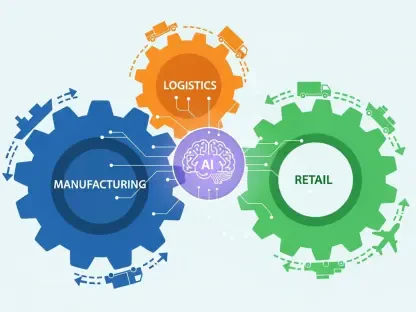Imagine a world where verifying your identity online is as simple as snapping a selfie, yet secure enough to thwart even the most sophisticated fraud attempts, and this scenario is now becoming a reality in Australia with a groundbreaking update to the national facial recognition framework. The federal government has integrated driver’s license photos into the Face Verification Service (FVS), a system designed to match live images with official records for seamless and secure identity checks. Unlike the previous Document Verification Service (DVS), which relied on matching document numbers, this biometric approach promises faster and more reliable results. Managed by the Attorney-General’s Department, the initiative aims to combat identity theft while simplifying access to services. As digital interactions become increasingly central to daily life, this development marks a significant step toward modernizing how Australians prove who they are in an online environment.
Balancing Security with Privacy Concerns
The integration of driver’s license data into the National Driver Licence Facial Recognition Solution (NDLFRS) offers a robust defense against identity fraud, a pressing issue in today’s digital landscape. However, this advancement also raises important questions about personal privacy. The system operates on a consent-based model, meaning individuals must agree to have their data used for verification purposes. Initially, access is restricted to federal government services, but plans are in place to extend it to state and territory agencies, as well as select private entities like banks under stringent security protocols. This cautious, phased expansion reflects an effort to address potential misuse of sensitive information while broadening the system’s utility. The challenge lies in ensuring that convenience does not come at the expense of individual rights, and the government has emphasized transparency and strict oversight to maintain public confidence in how biometric data is handled and protected.
Modernizing Digital Identity Verification
Looking back, the rollout of this enhanced facial recognition system through the FVS showcased a pivotal moment in Australia’s journey toward digital modernization. The voluntary nature of participation, allowing citizens to opt out via state or territory road authorities, underscored a commitment to user choice. With jurisdictions like Western Australia pioneering the integration for government use, followed by potential private sector applications starting next year, the initiative laid a foundation for secure online interactions. Reflecting on this development, the focus shifted to actionable next steps, such as strengthening public trust through robust data safeguards and continuous dialogue about privacy protections. As digital identity verification continues to evolve, ensuring that technological advancements align with ethical standards remains paramount, paving the way for a future where security and user empowerment coexist harmoniously in the digital realm.









